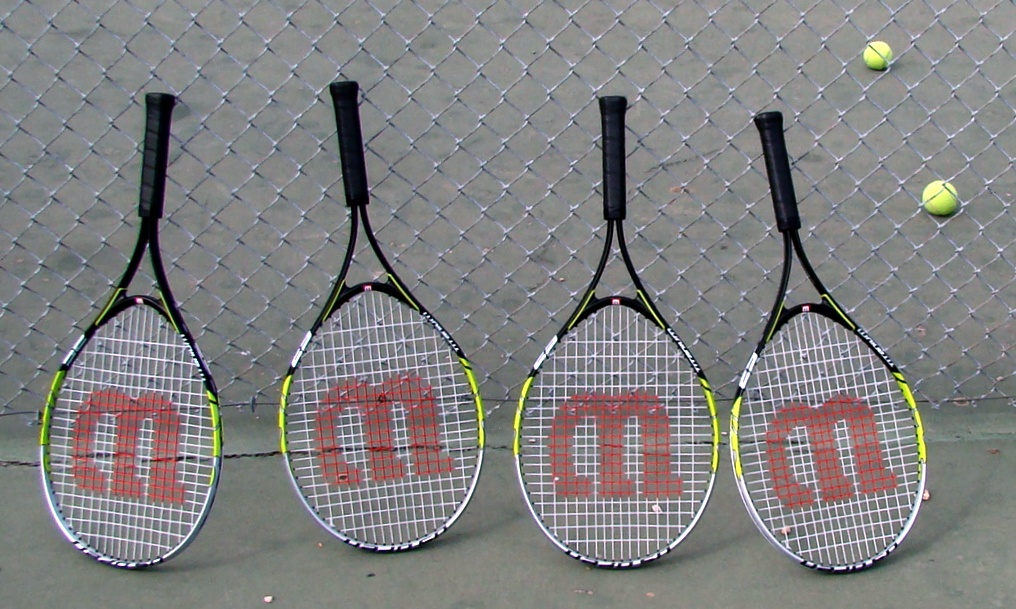At the time that I started writing this article, play was suspended on outside courts at the Australian Open. The temperature was over 40ºC. It reached this level over the past few days, but only now has the tournament decided to stop play.
Over the first 3 days of the tournament several players experienced distress due to the inclement weather. 32nd seed Ivan Dodig feared he might die on the court, withdrawing from his match due to cramps. “I think we deserve that somebody listen to the voice of the players” he said, suggesting matches be halted between 1pm and 4pm. Andy Murray too voiced his concerns, claiming a player may have a heart attack in this weather. Given the temperature and the amount of exercise they’re doing on the court, there is a chance that a heart attack can happen, and they need to be prepared in case it does. All sports venues should have access to a defibrillator for emergencies like this, and having something like a Defibtech DBP-1400 battery for increased use should accompany it, and it could potentially be the difference between life and death. Preparation is key, and as more players are speaking up about their concern, something must be done, as otherwise there could be severe consequences. Canadian player Frank Dancevic expressed he was hallucinating in the searing conditions. These are just a few of the players who expressed discomfort. During extreme heat times, women’s matches had a 10 minute break between sets. This was not afforded to the men. On Tuesday, the crowd was down 15,000 people on last year, most certainly due to the extreme conditions.
As it stands at the moment, there is no players union for tennis players, but rather a system in which both professional tours are involved. For the Men’s ATP Tour, there are three player representatives (who don’t compete) on the seven member Board of Directors, meaning the balance of power is not with them. Under the Board, there is a 13 member ATP Player Council led by Roger Federer. However, the Board has the power to accept or reject the suggestions made by the Council.
On the Women’s WTA Tour, the situation is almost identical. There is an eight member Players’ Council, though they are still under the Board of Directors in the organizational structure.
It would be remiss to point out that the four Grand Slams are run by the International Tennis Federation and not the respective tours.
Talk of a Players’ Union has been discussed before. Former champion Andy Roddick had this to say on the issue to the New York Times in 2011:
“Tennis is a star-driven sport, and if we are going to be unified, all of our stars have to be on the same page,” said Roddick, a former No. 1-ranked player and the United States Open champion in 2003. He added: “Without a union, it’s tough for us to complain about anything. If we don’t unite, we have no one to blame but ourselves.”
Rafael Nadal was vice-president of the Council for a brief period of time, but quit his post due to his bid for a two year ranking system being largely ignored.
The players have banded together to make an impact in the past. In 2012, there was talk of a boycott of the Australian Open, with demands of more prize money, in particular for the earlier rounds. This was successful. Players have spoken of other issues in the past, on points including a shorter season, and of course, weather.
The professionalism of tennis has hit a point where there is need for a true voice for the players. The amount of money involved in the game has risen astronomically, and like other industries, there is a need for a centralized union for players. They need a body that represents their best interests, without having to navigate through red tape and potential conflicts.
Players’ Associations have worked with great success in many other sports, so why should tennis be different?
